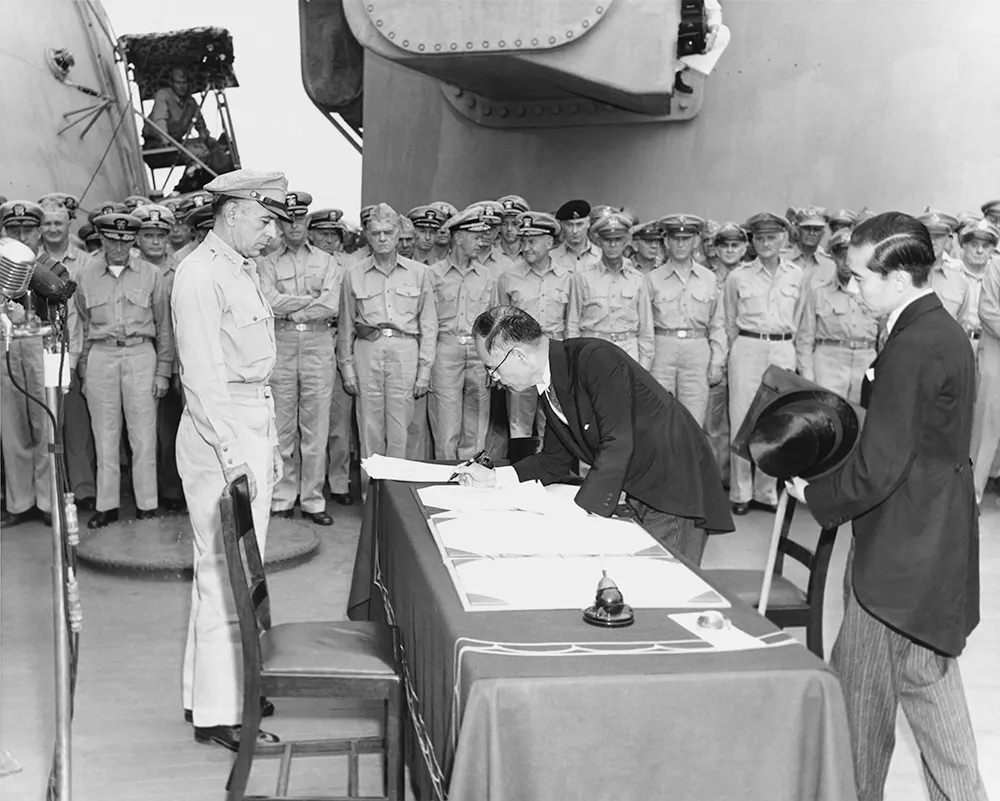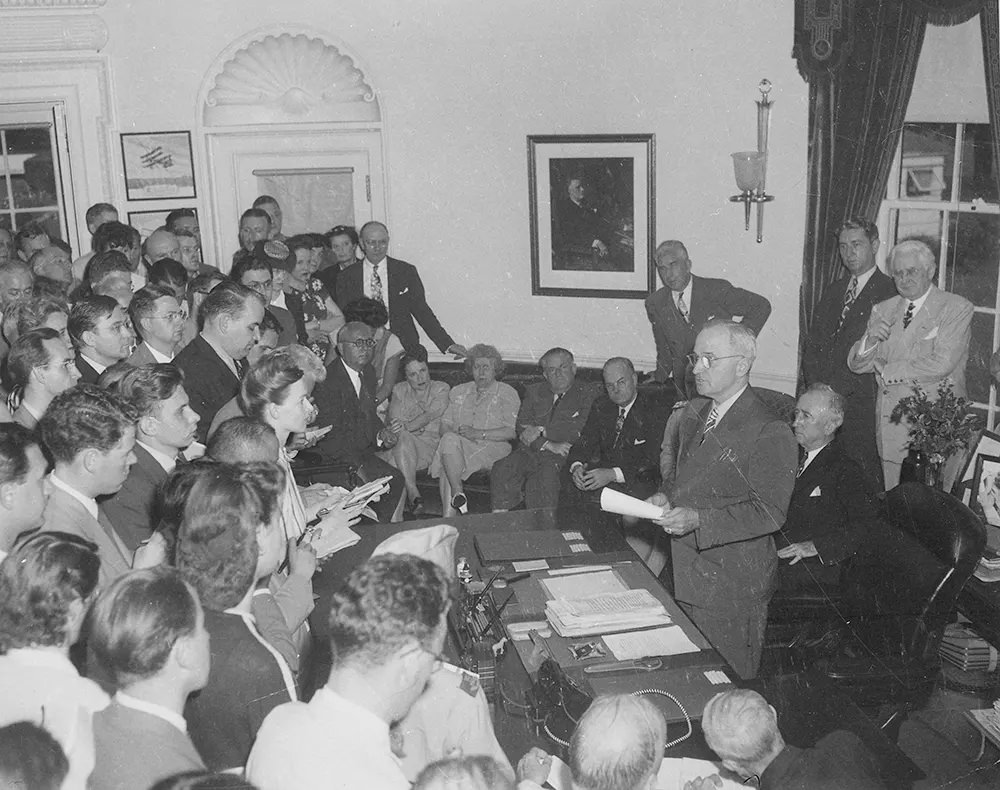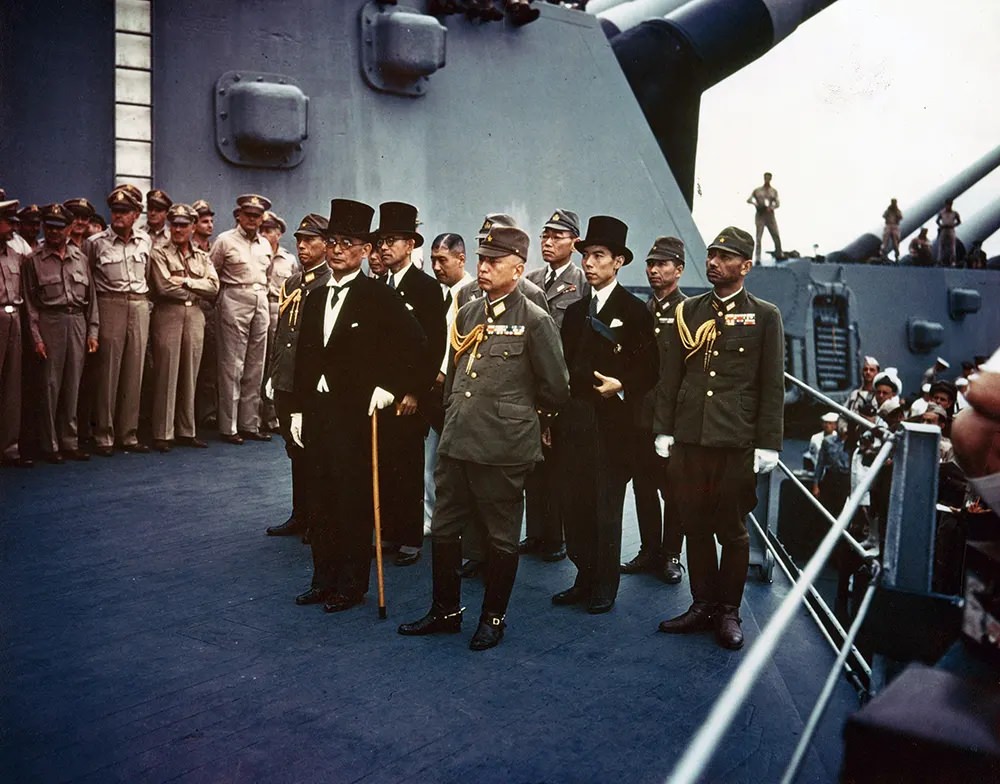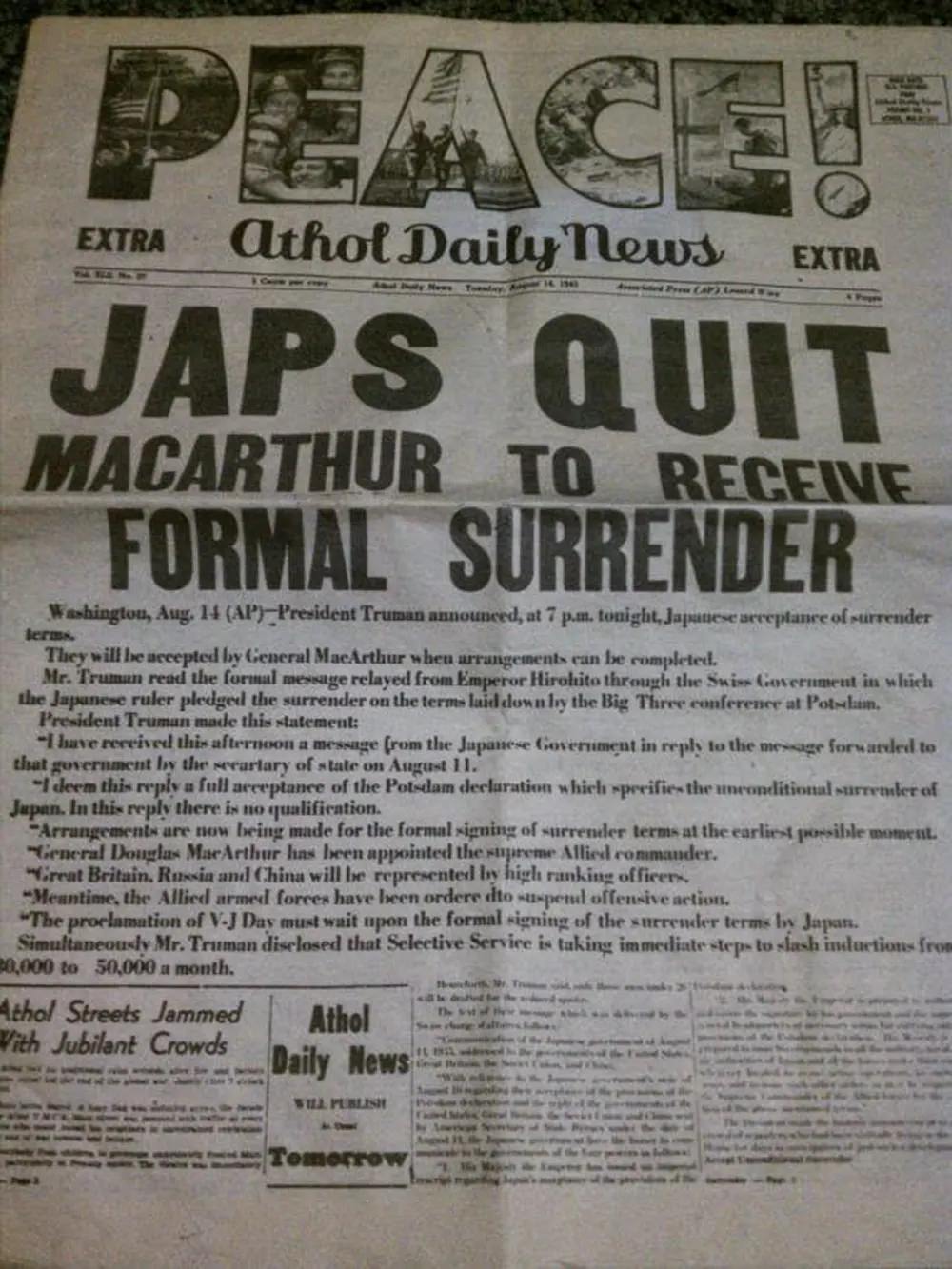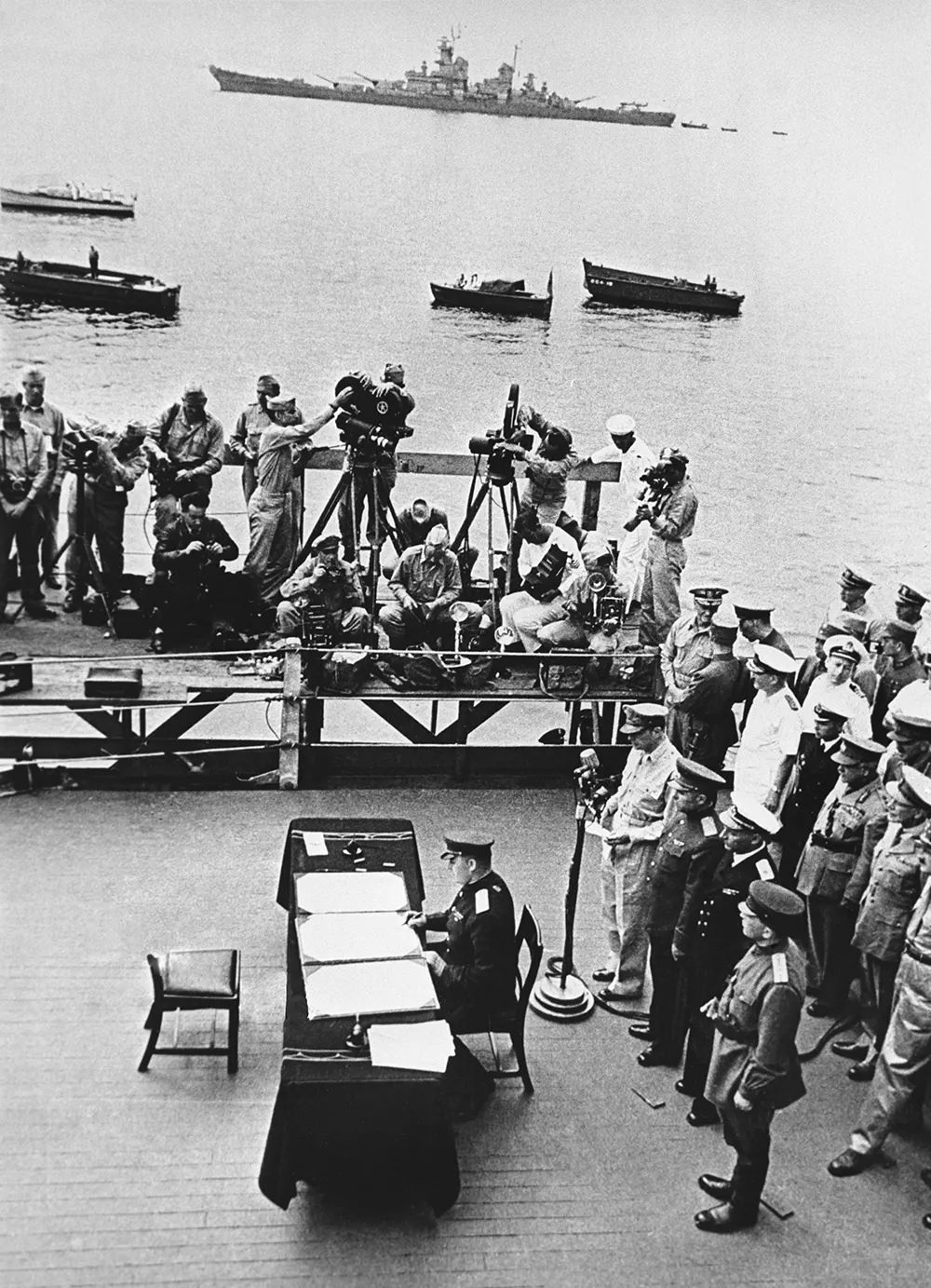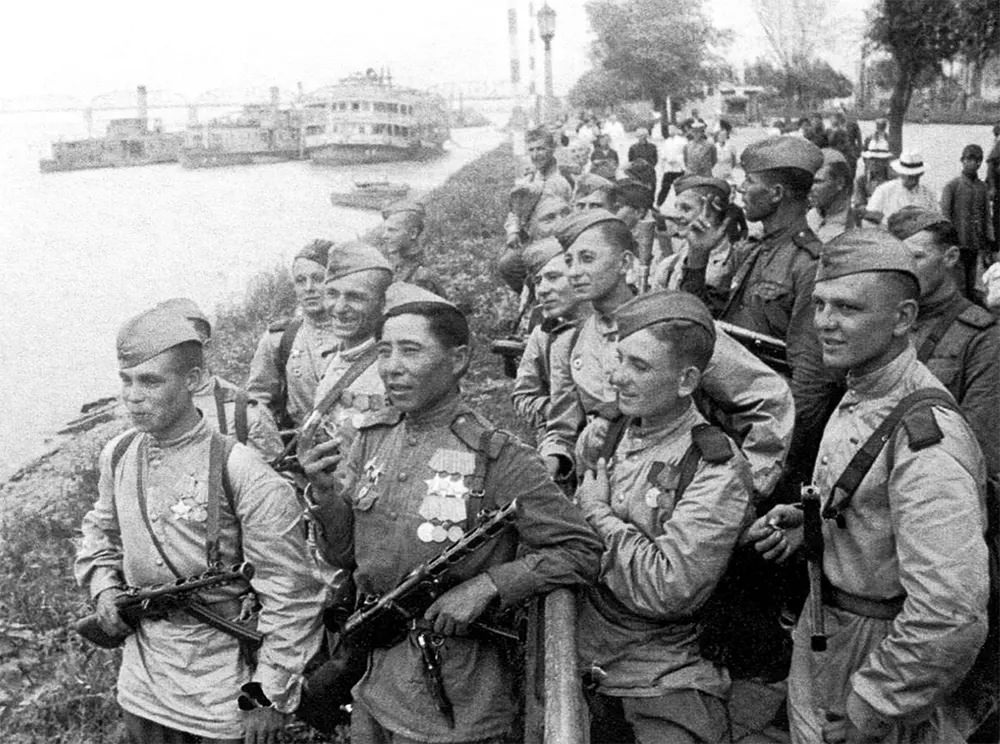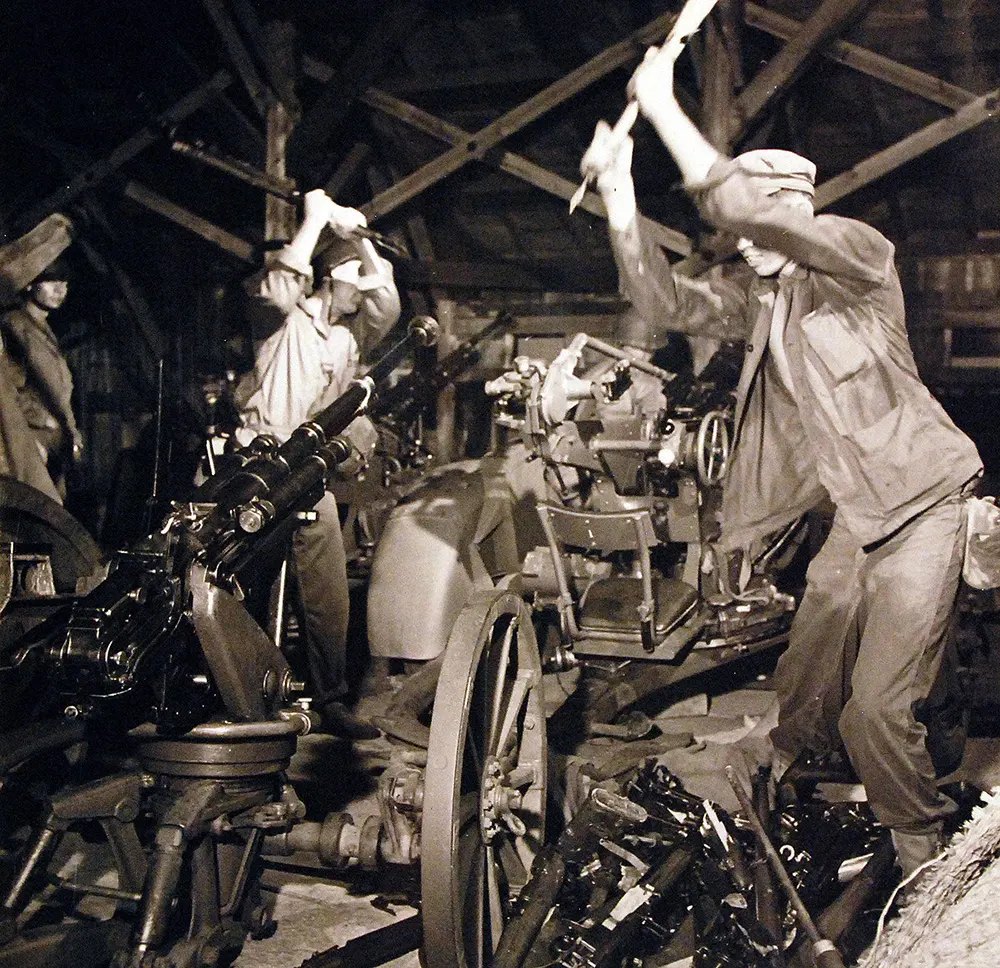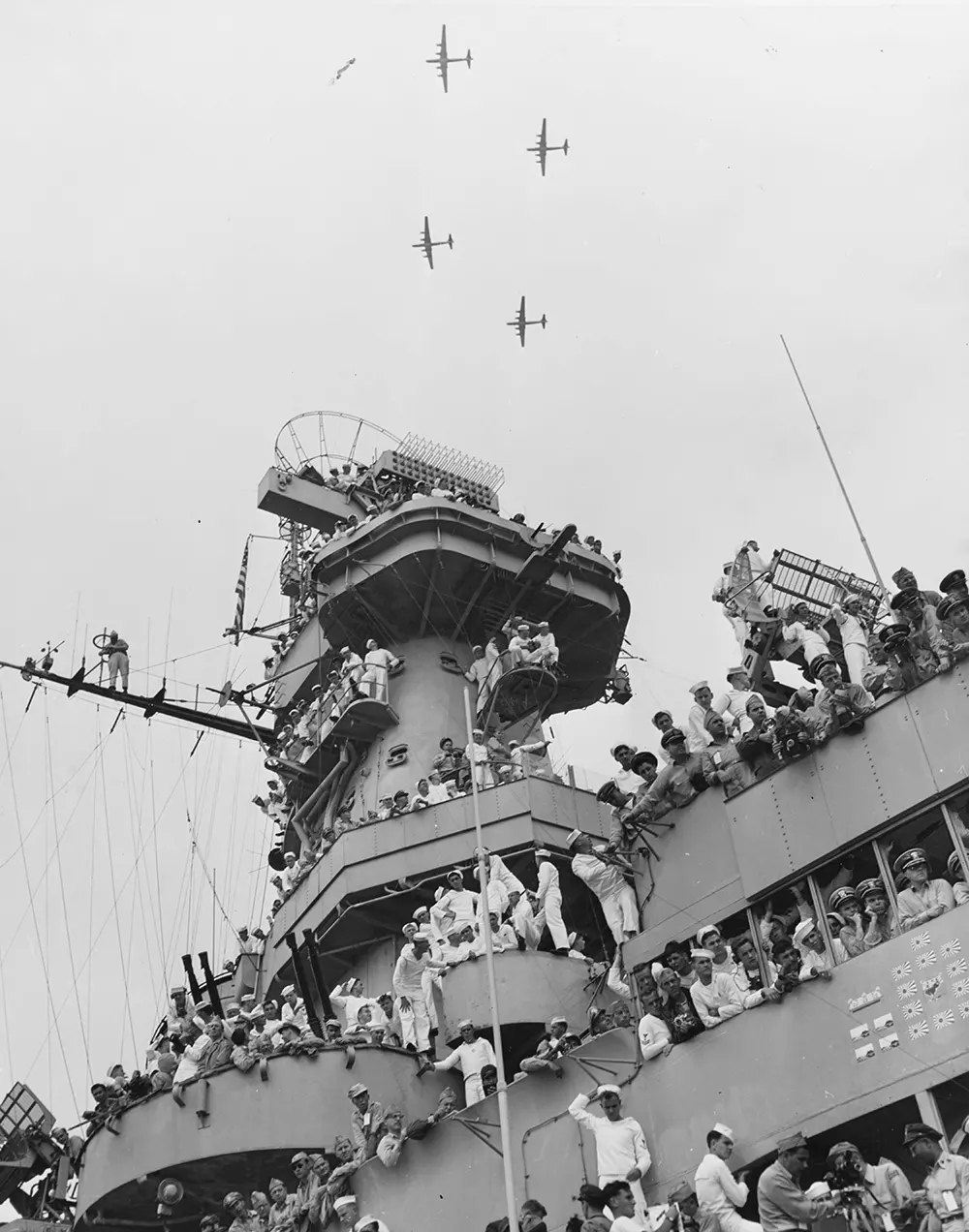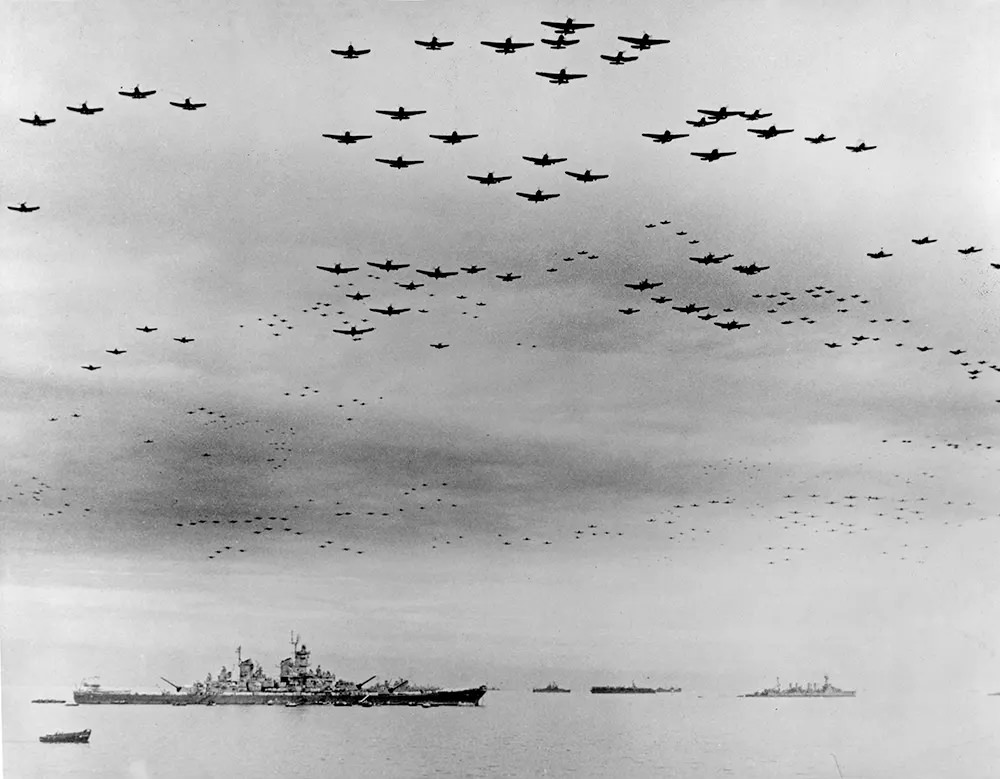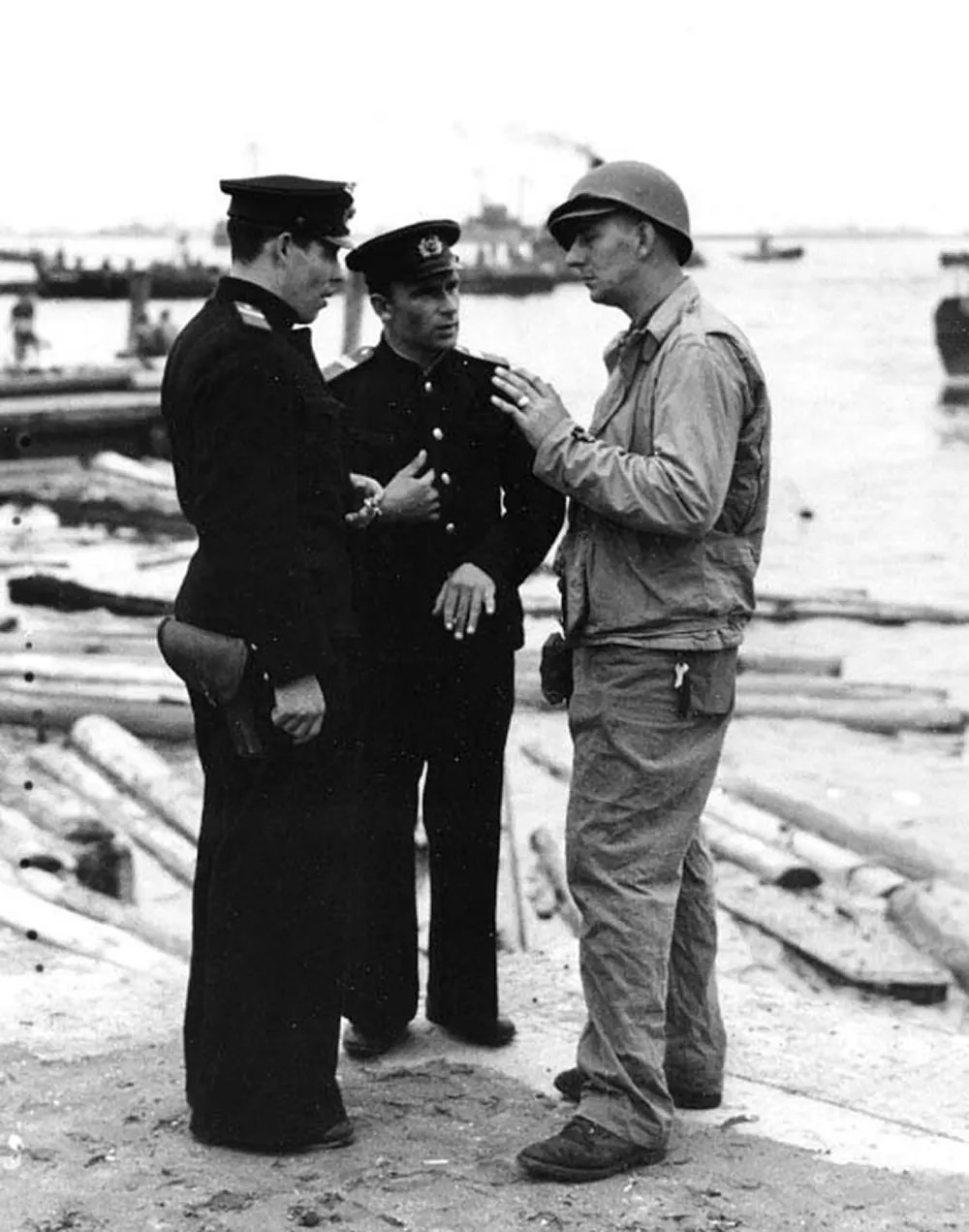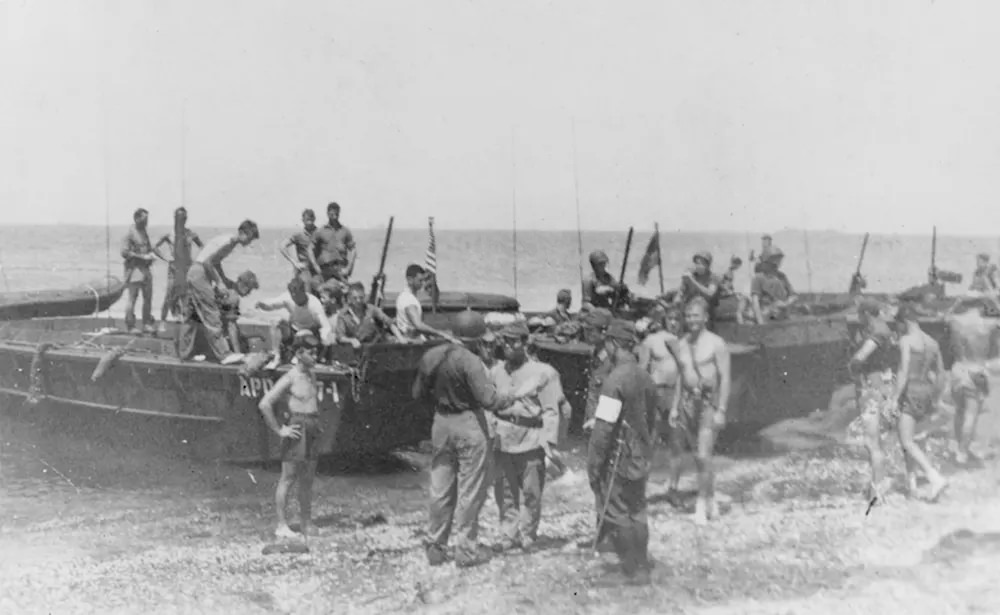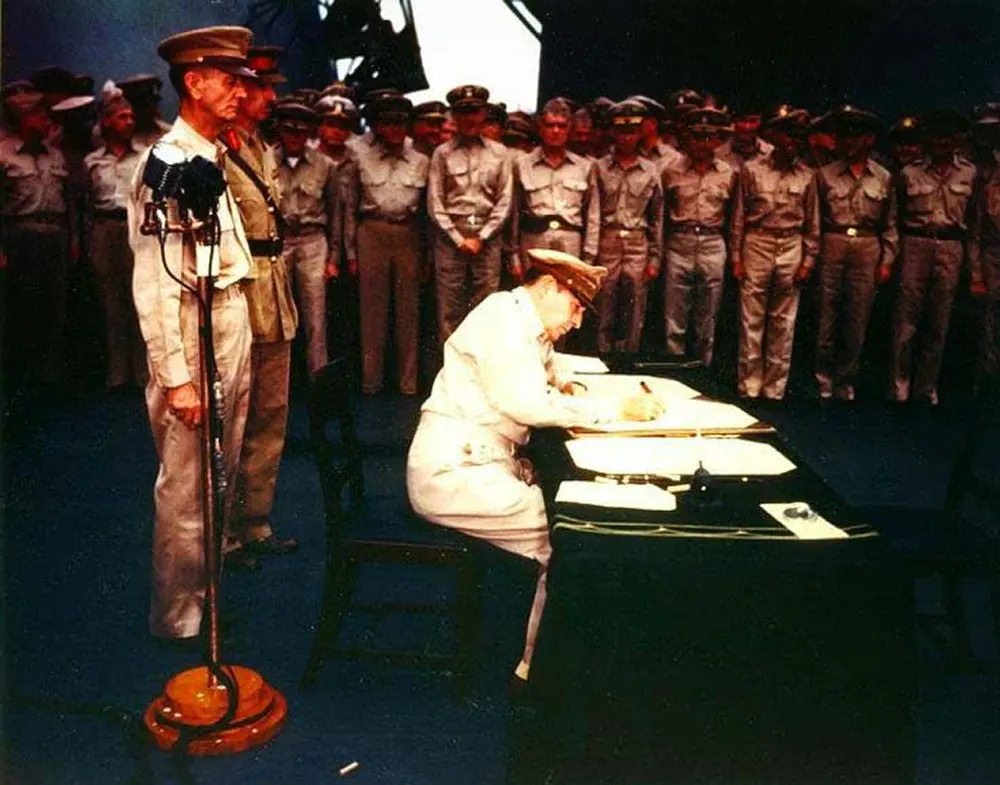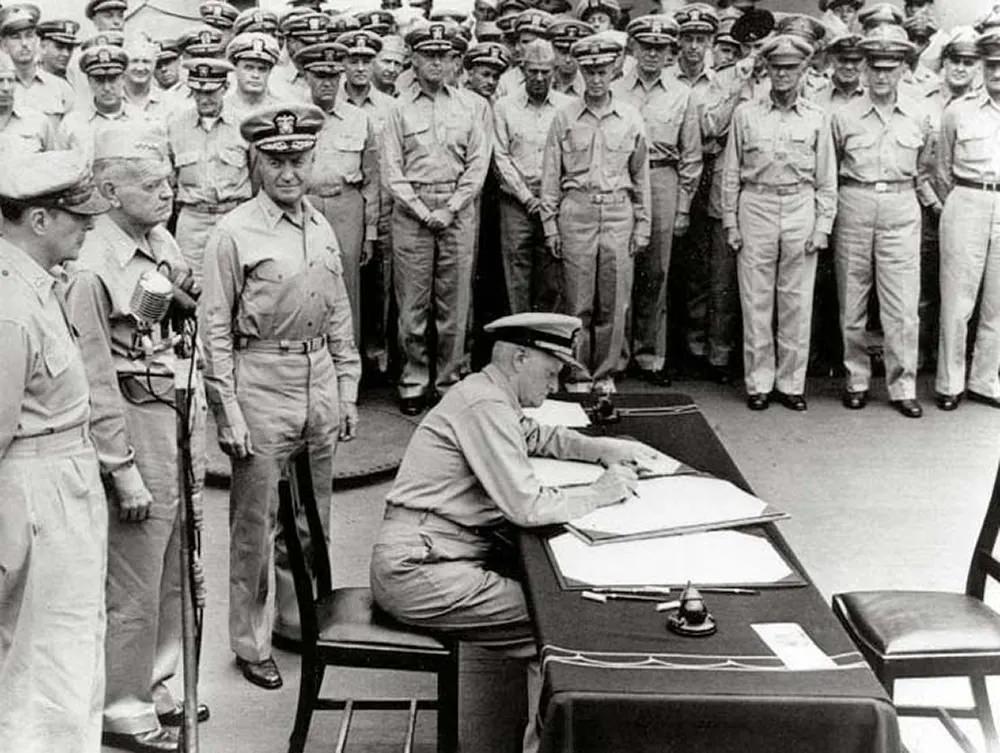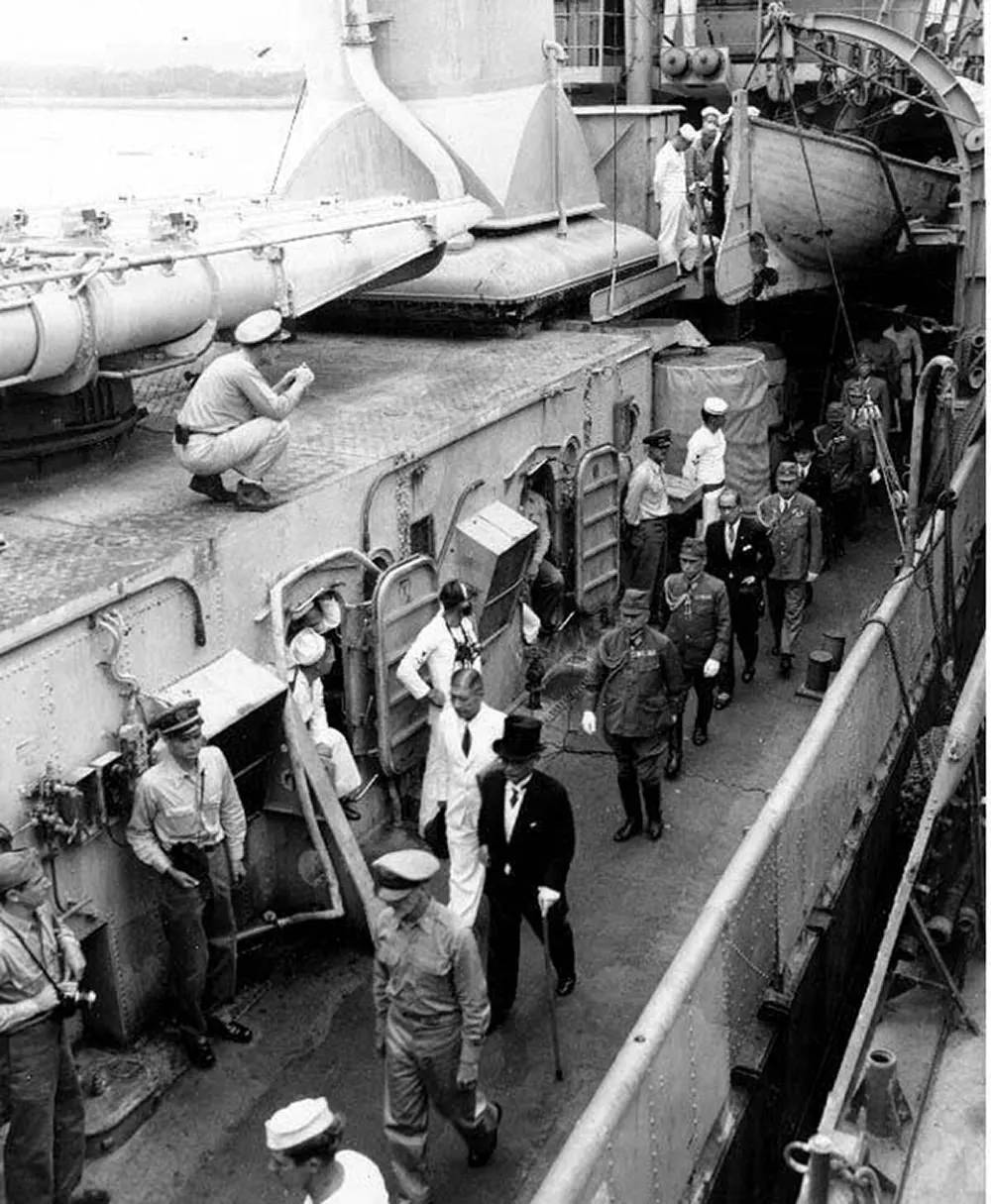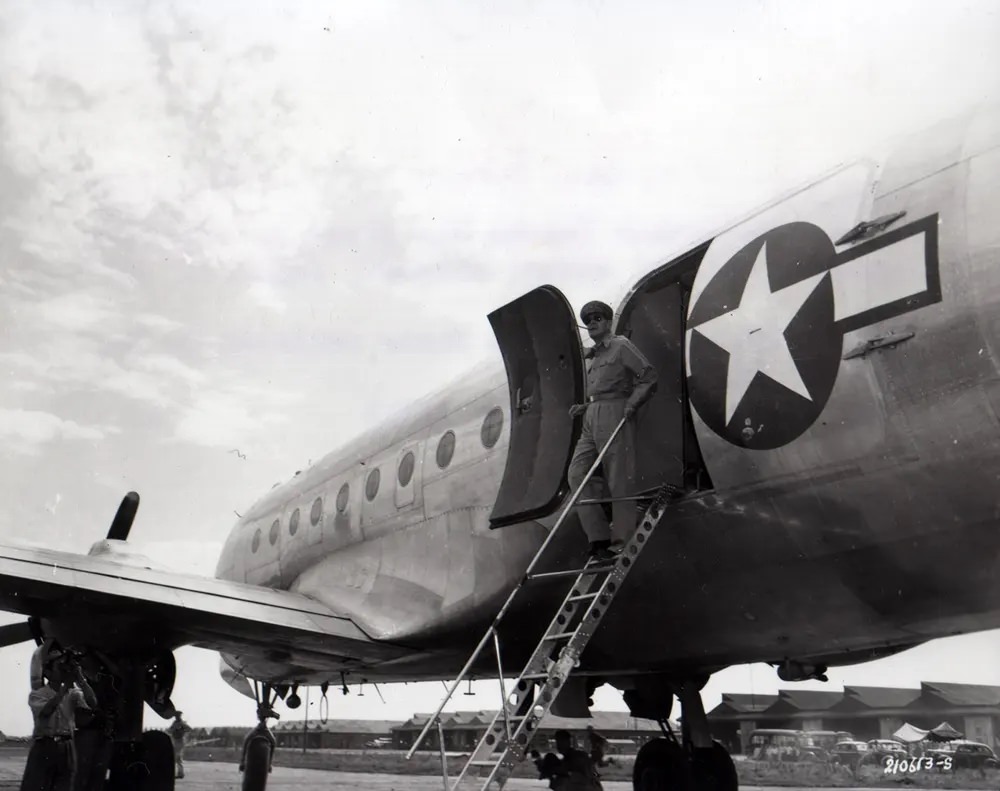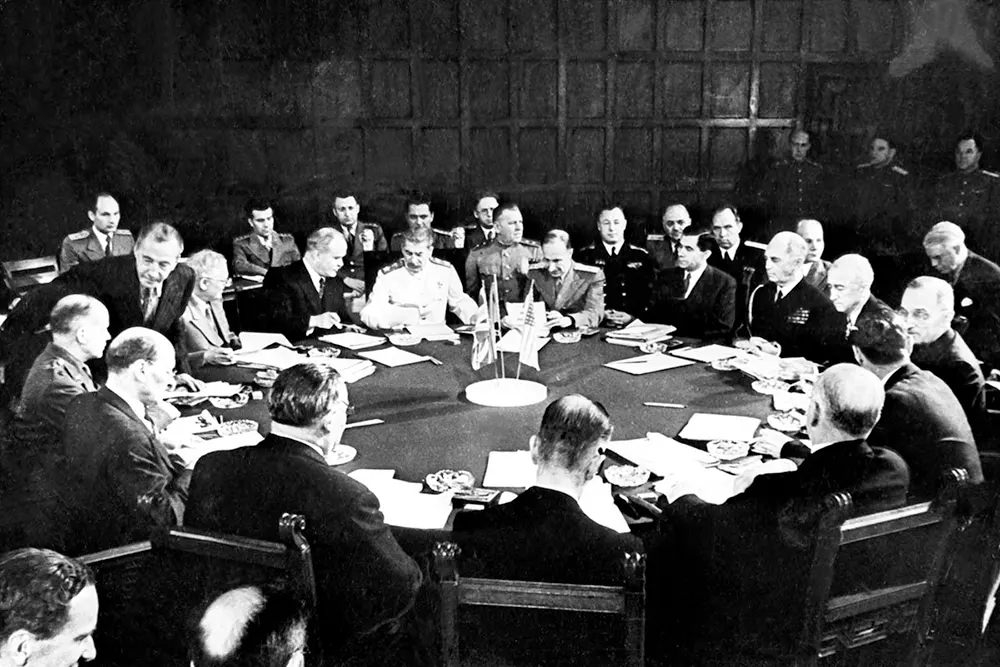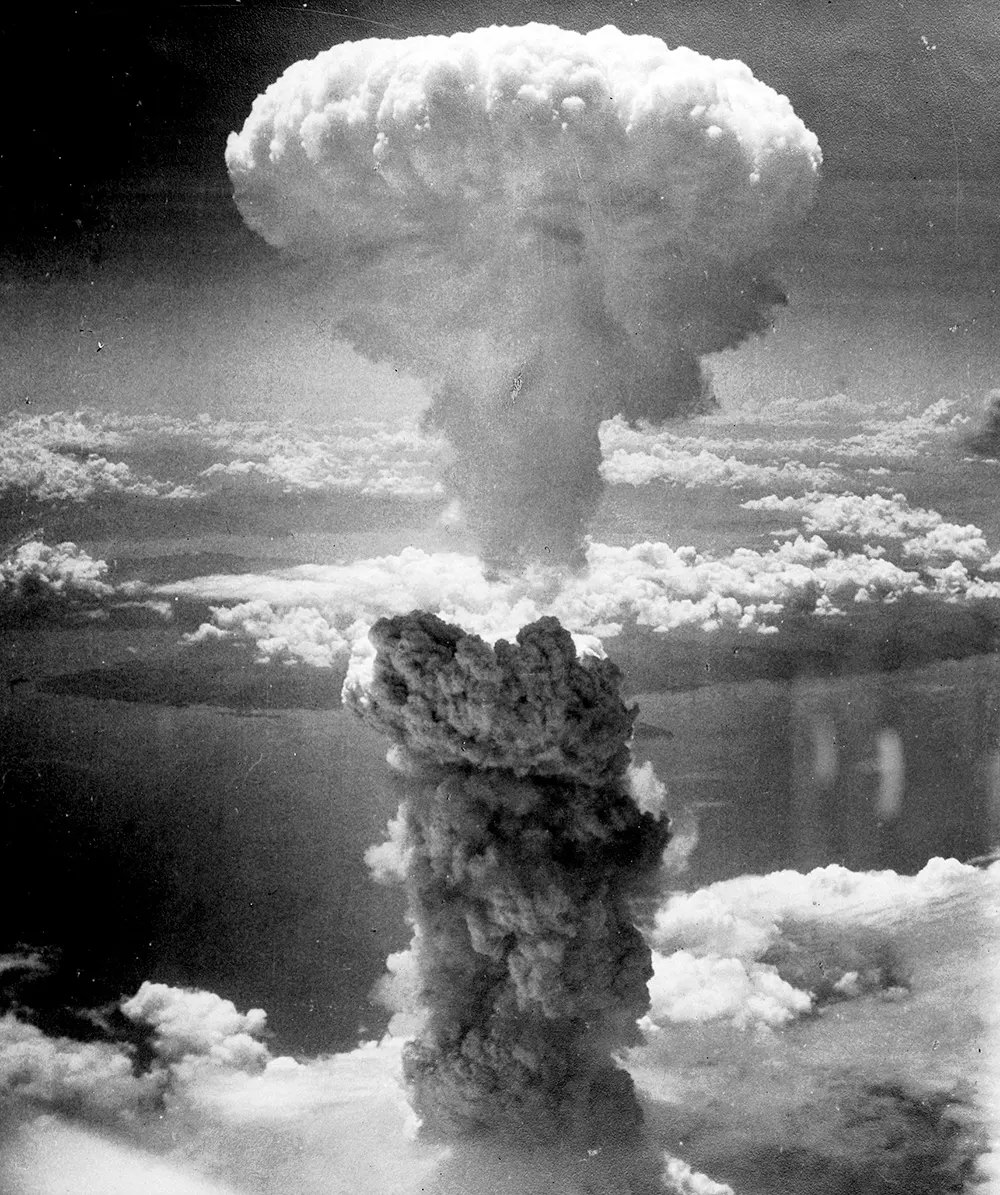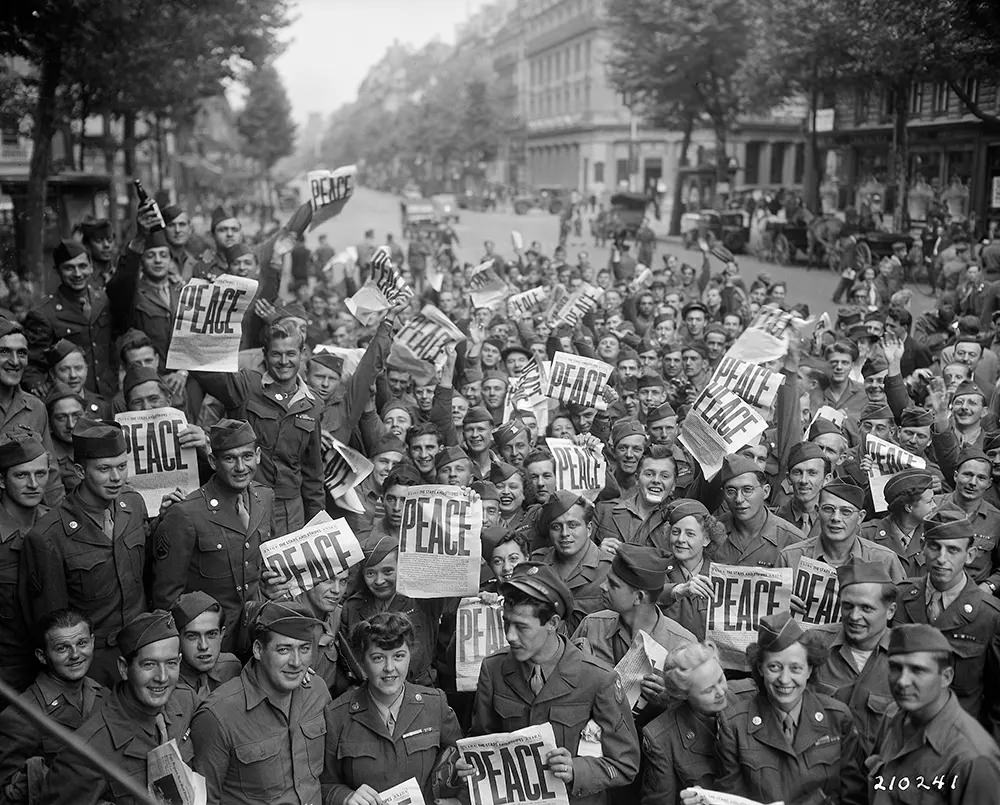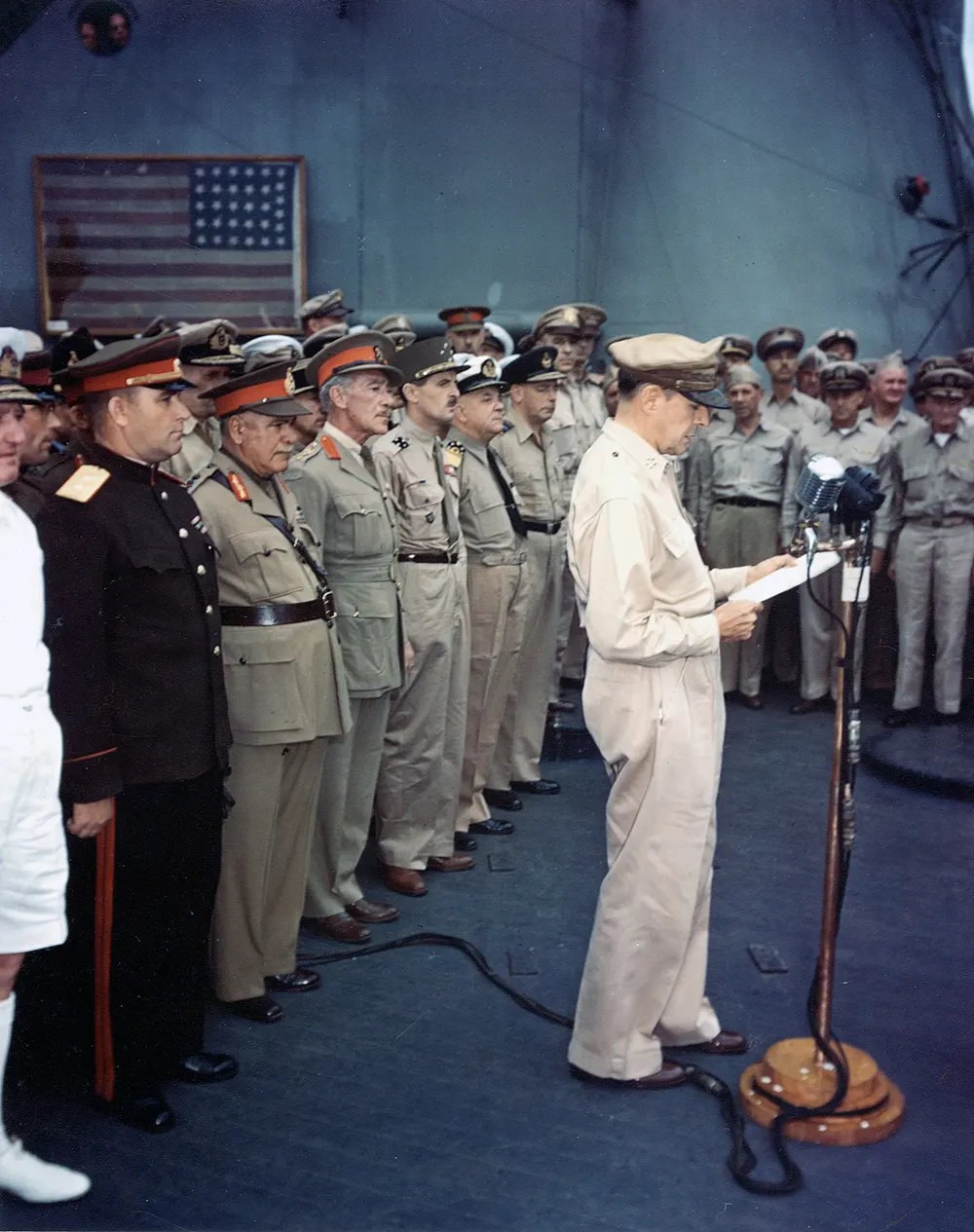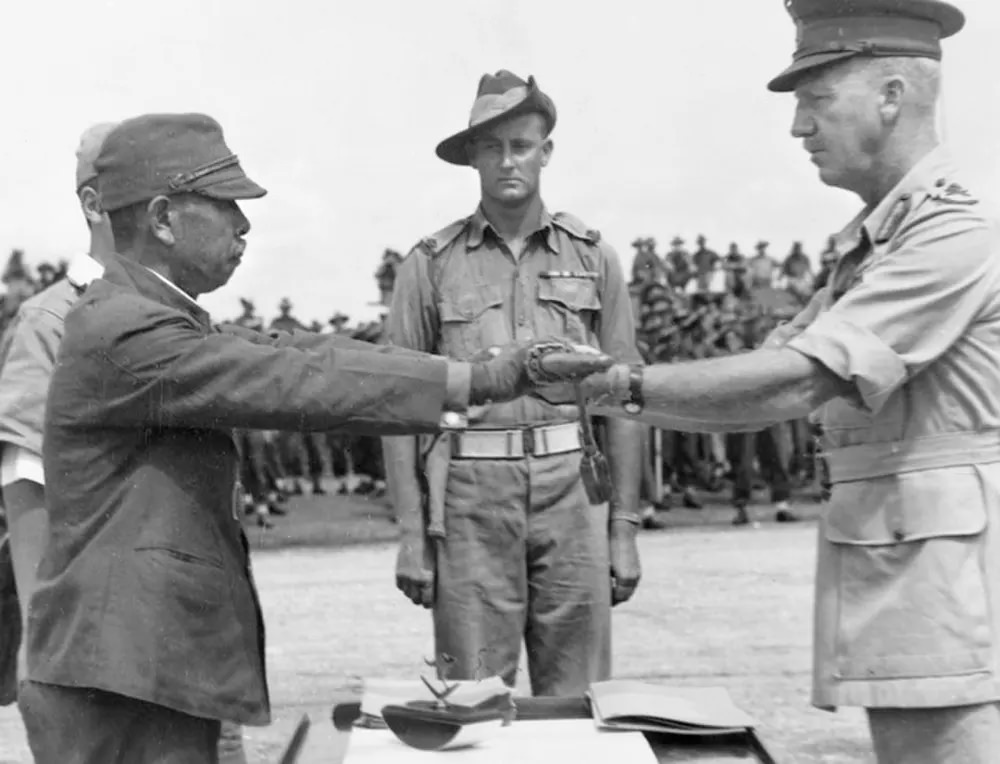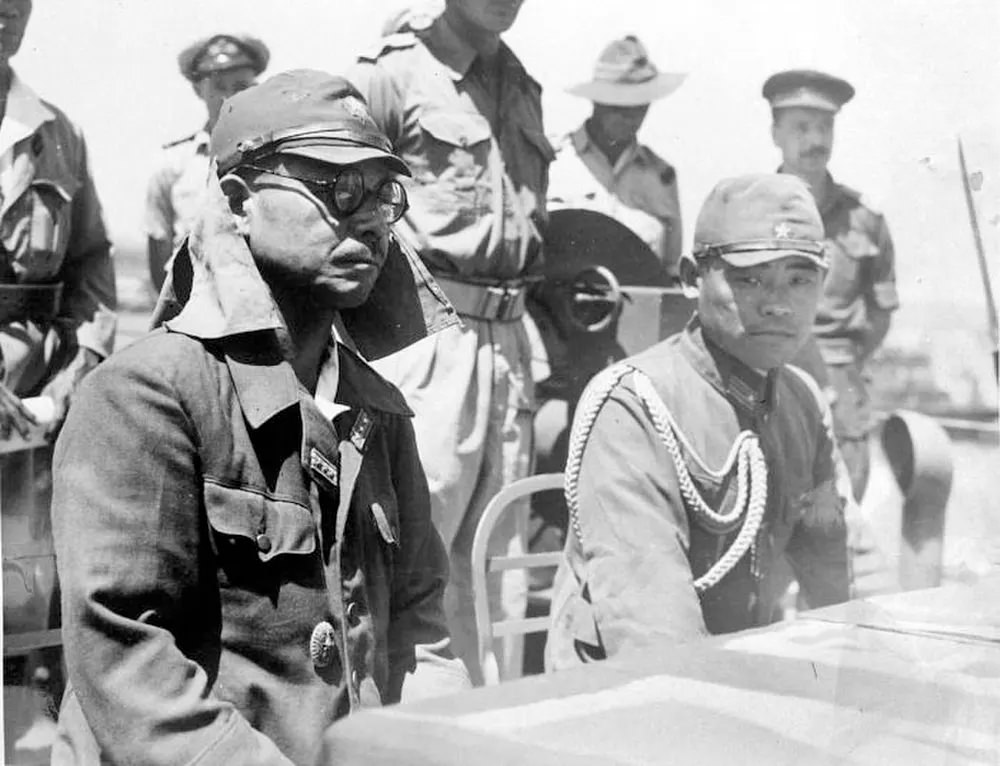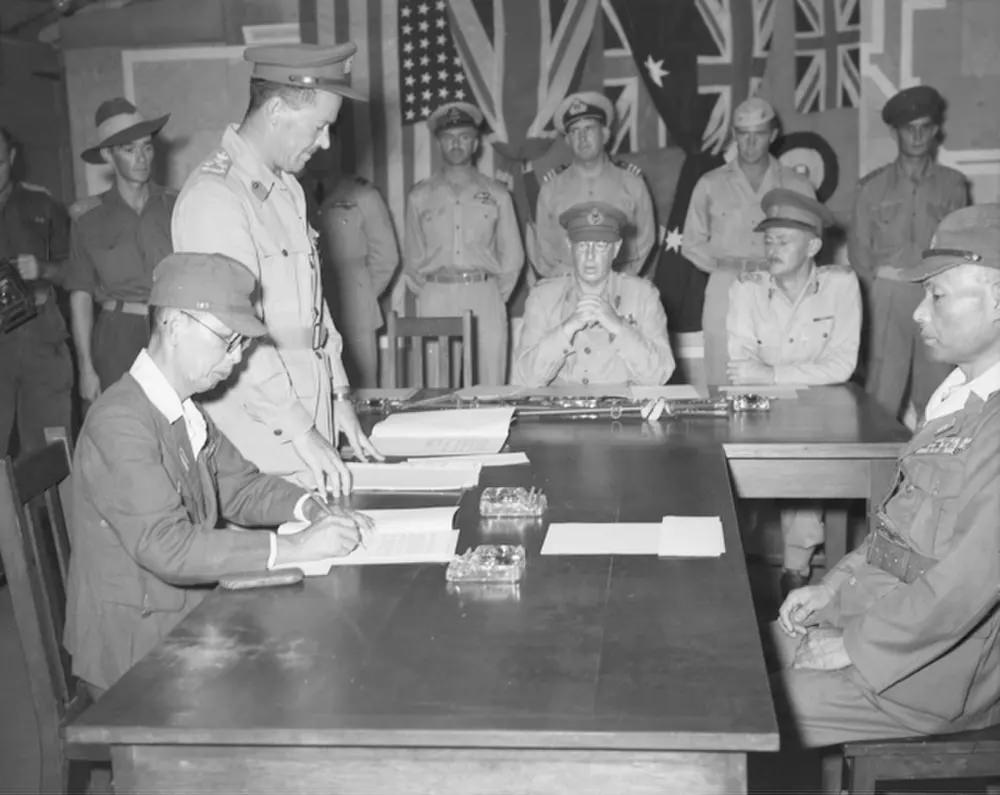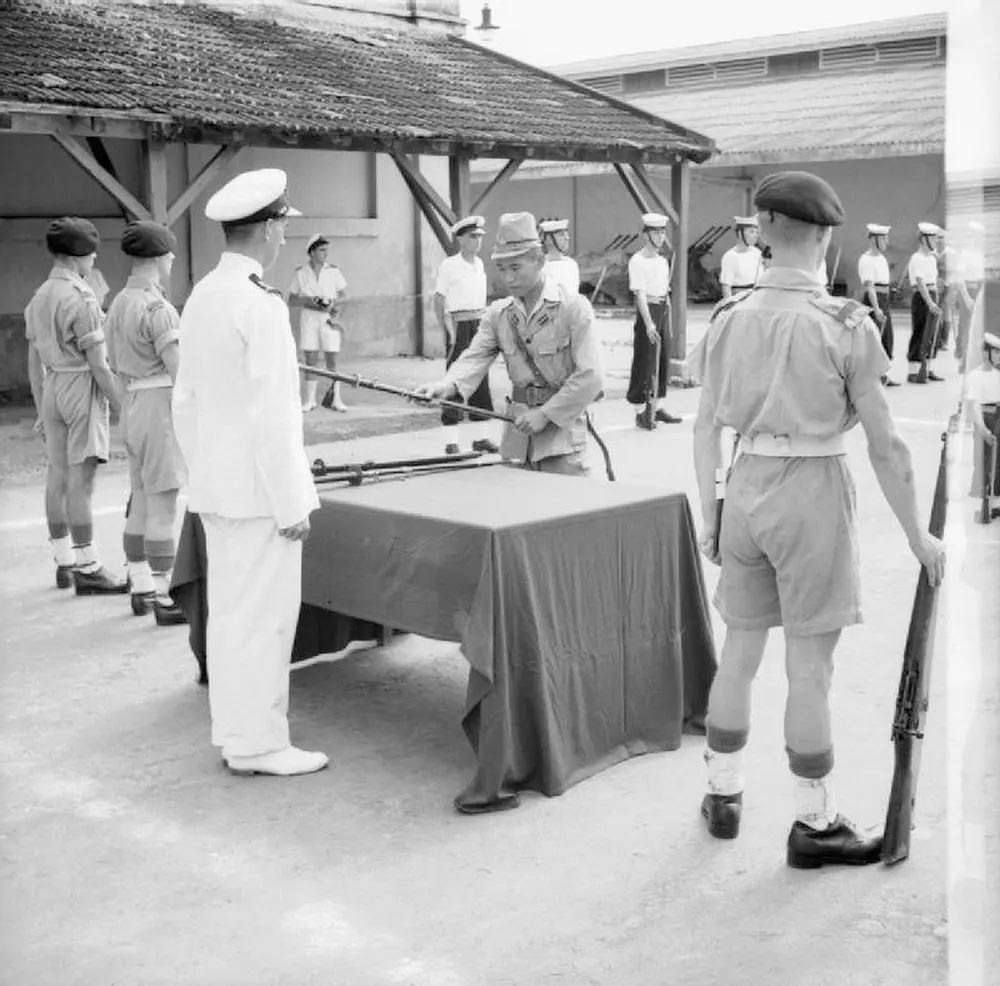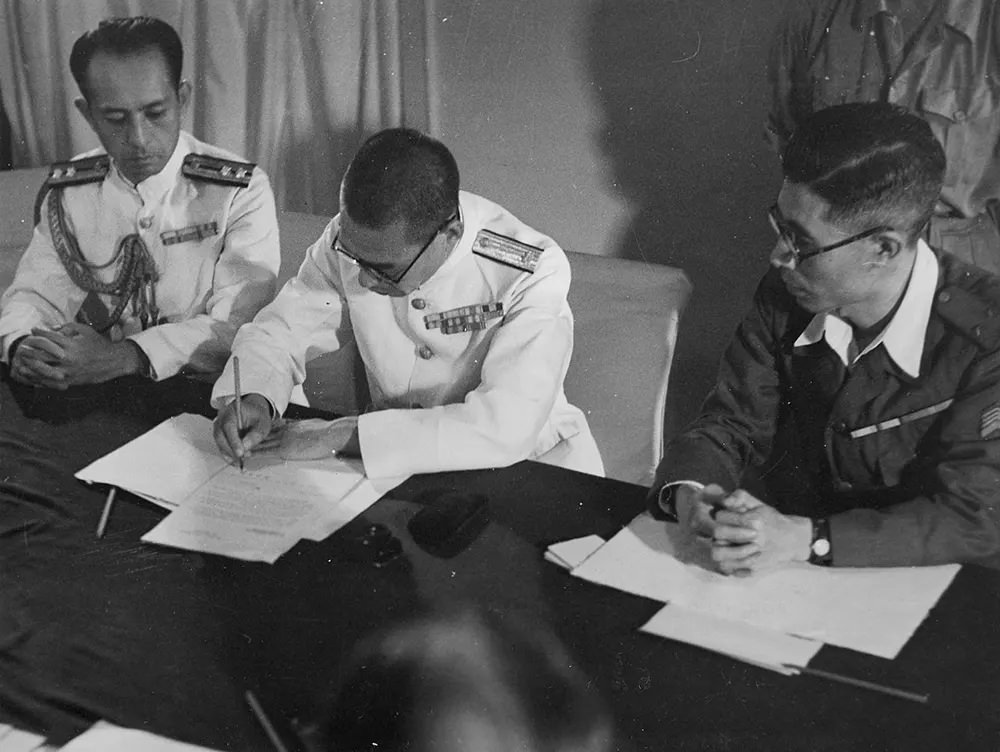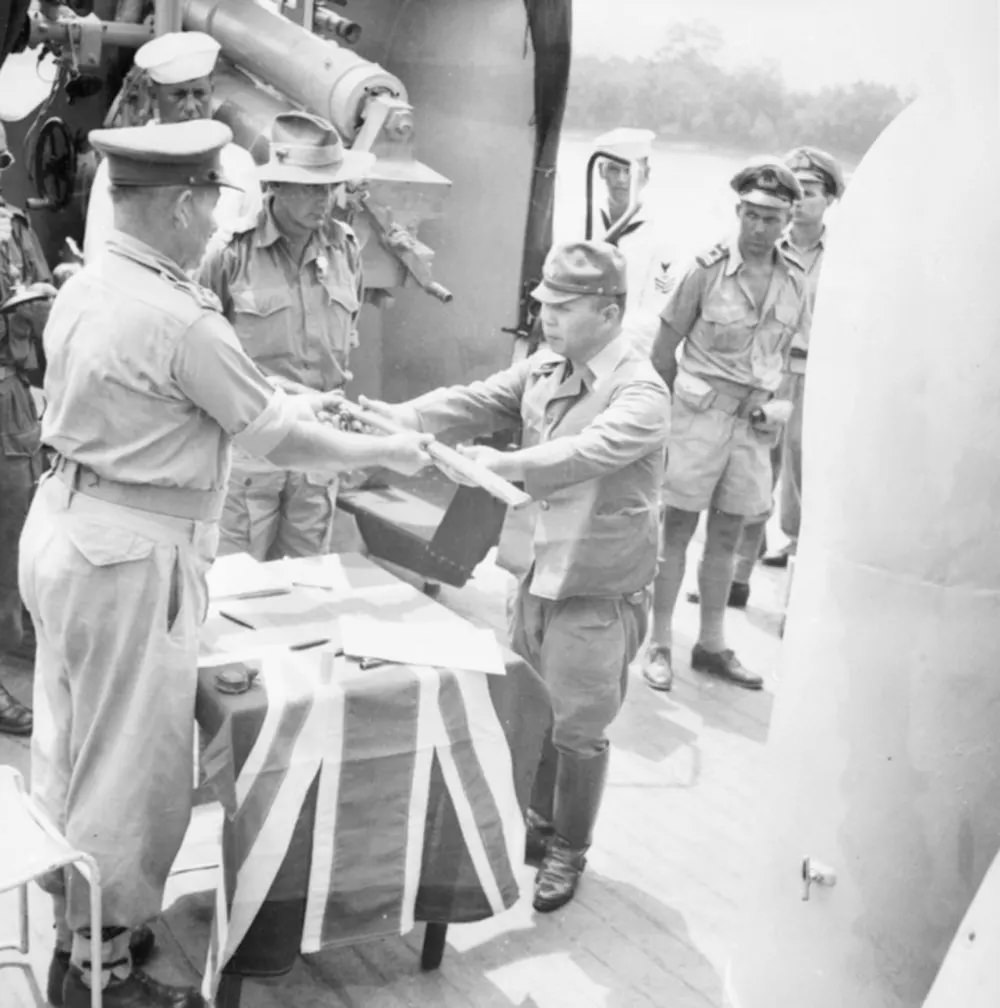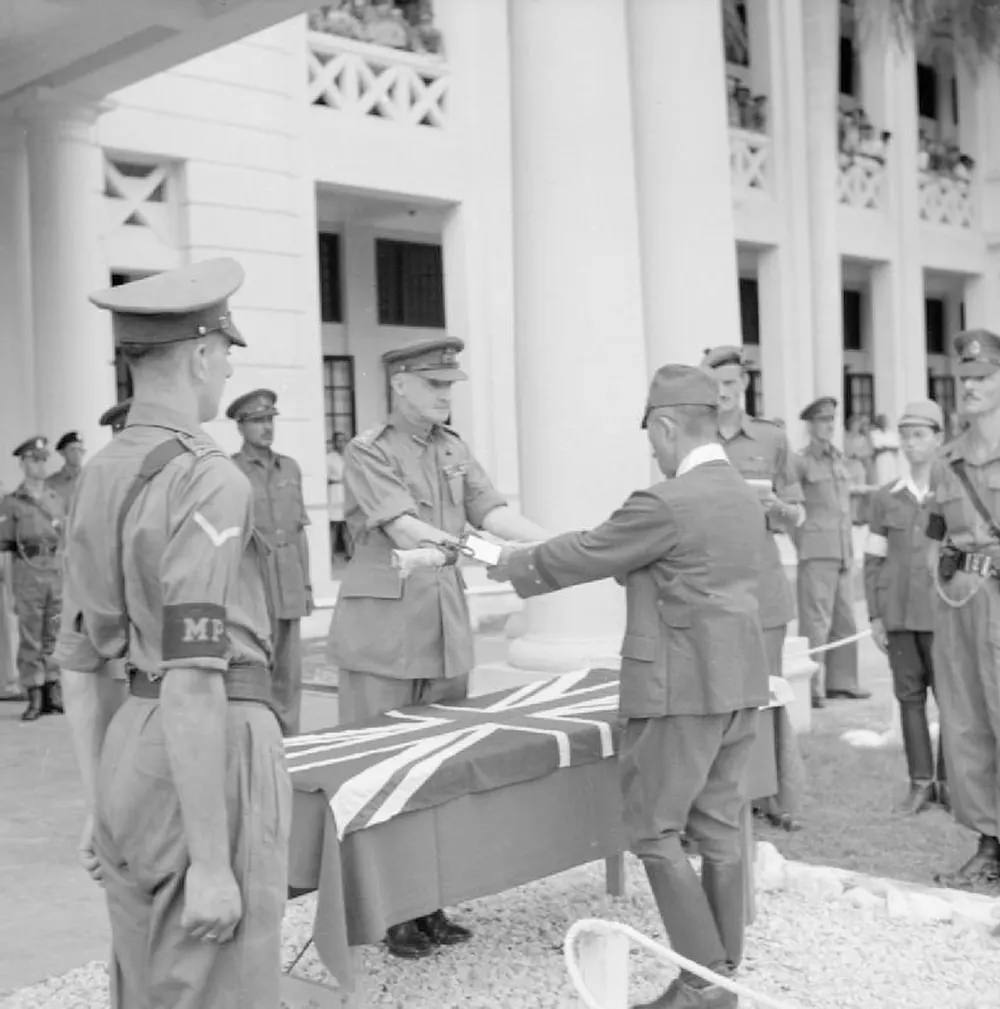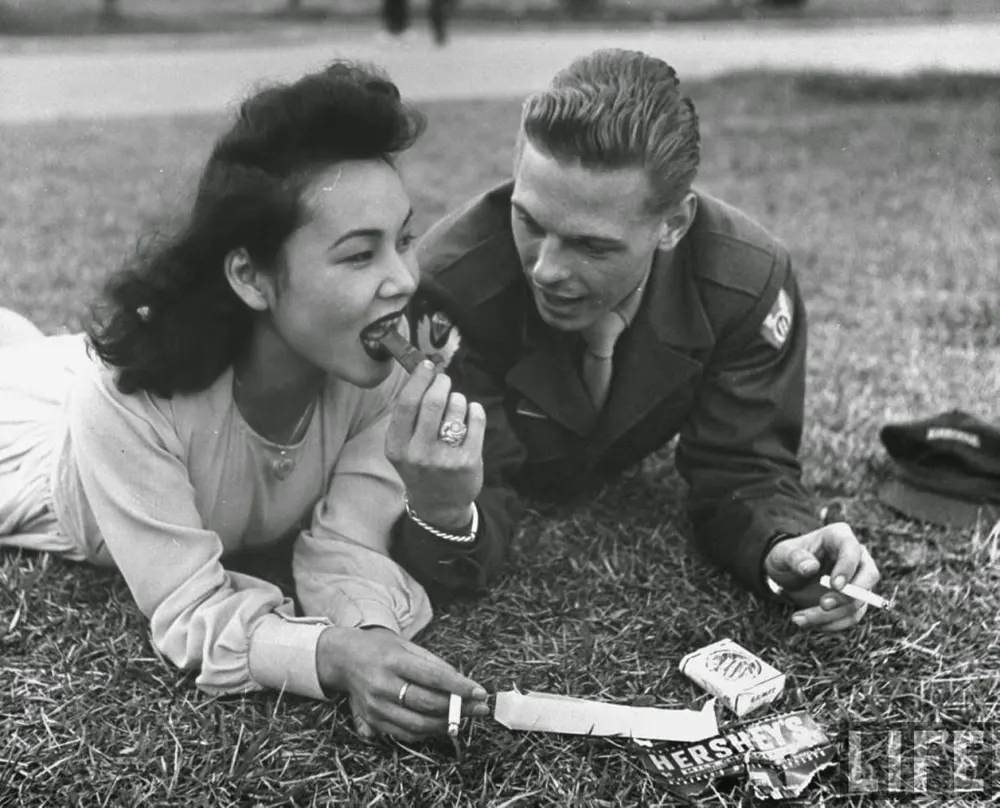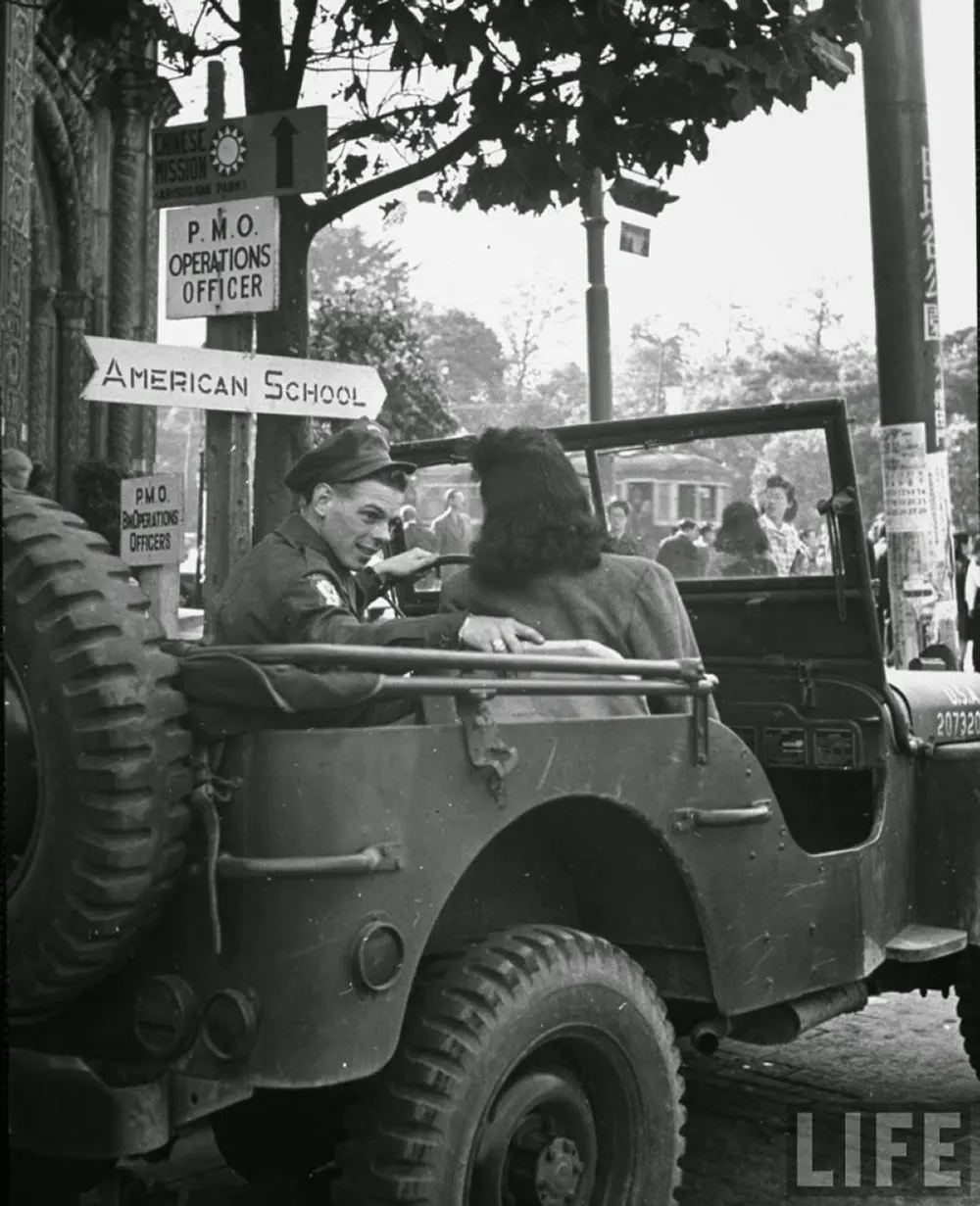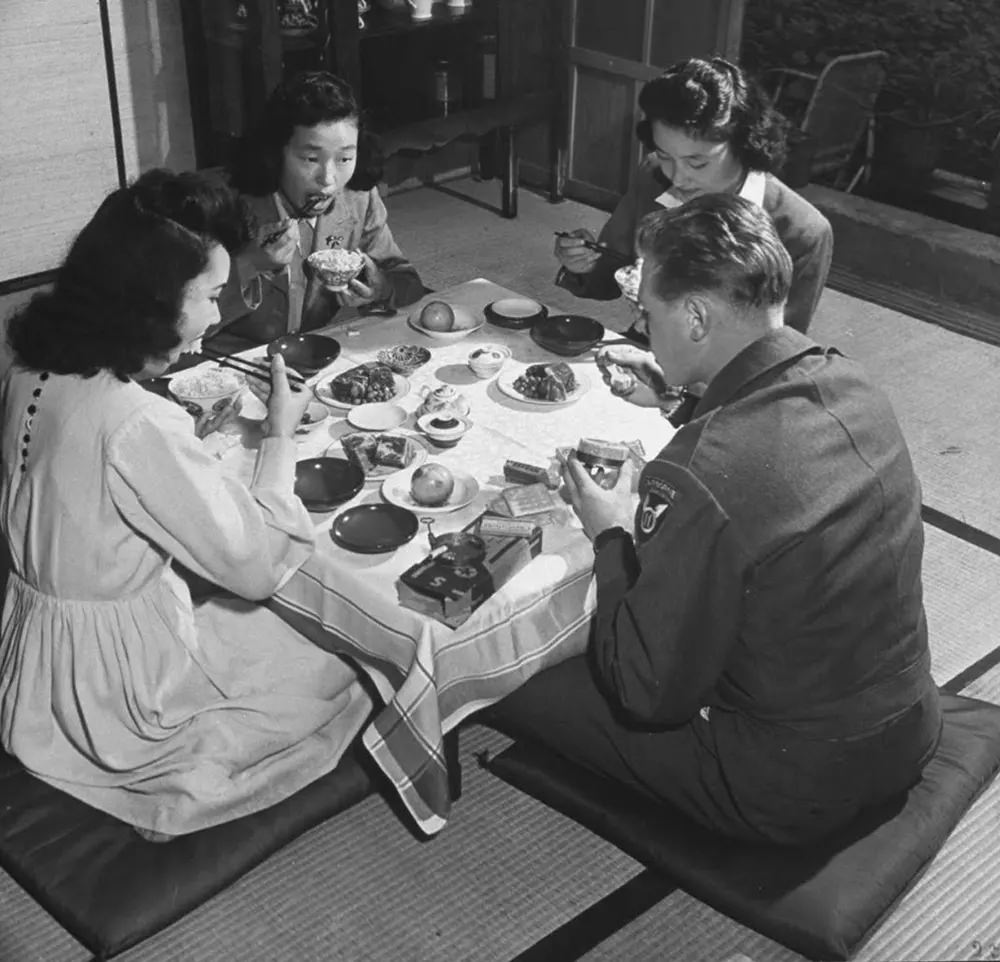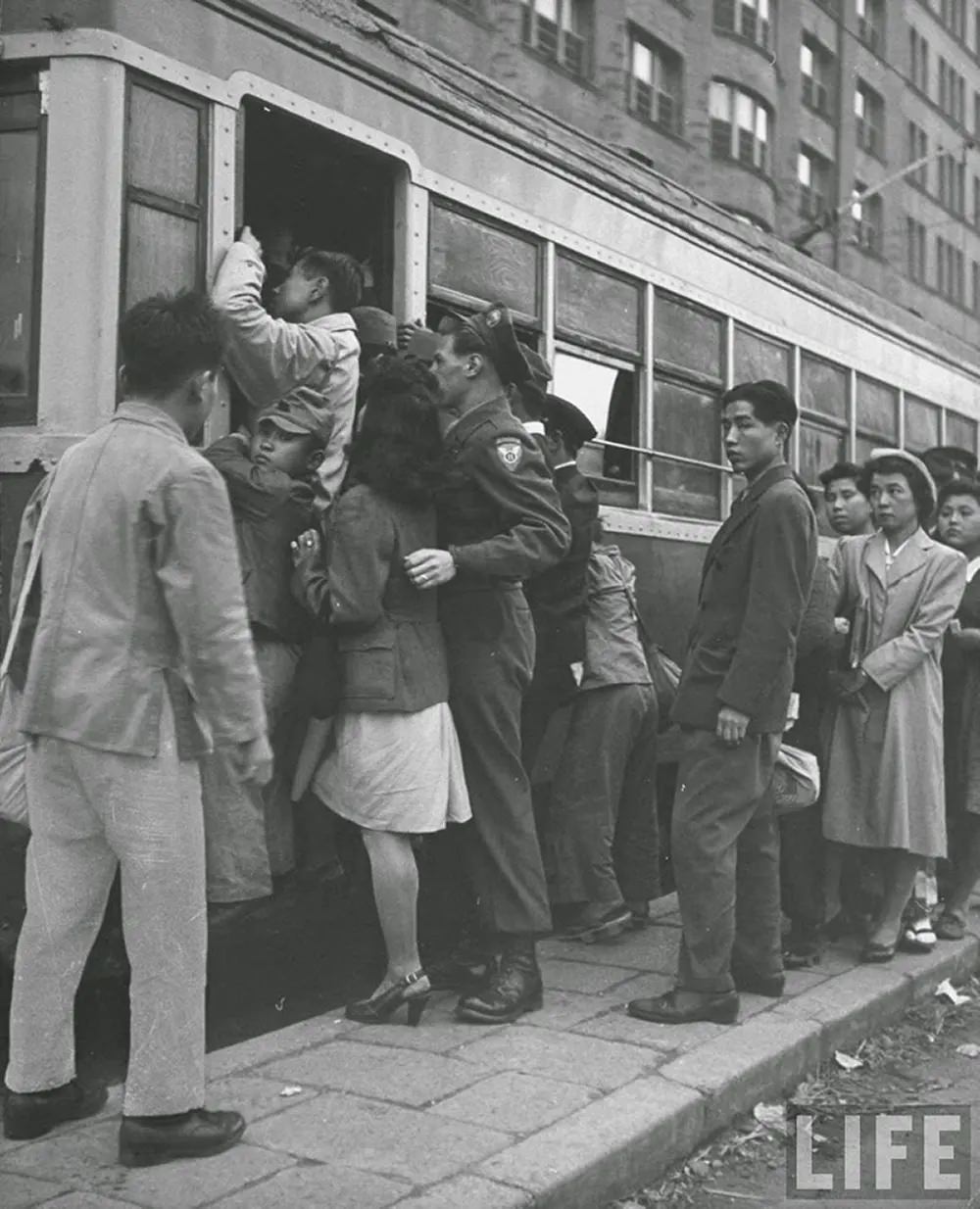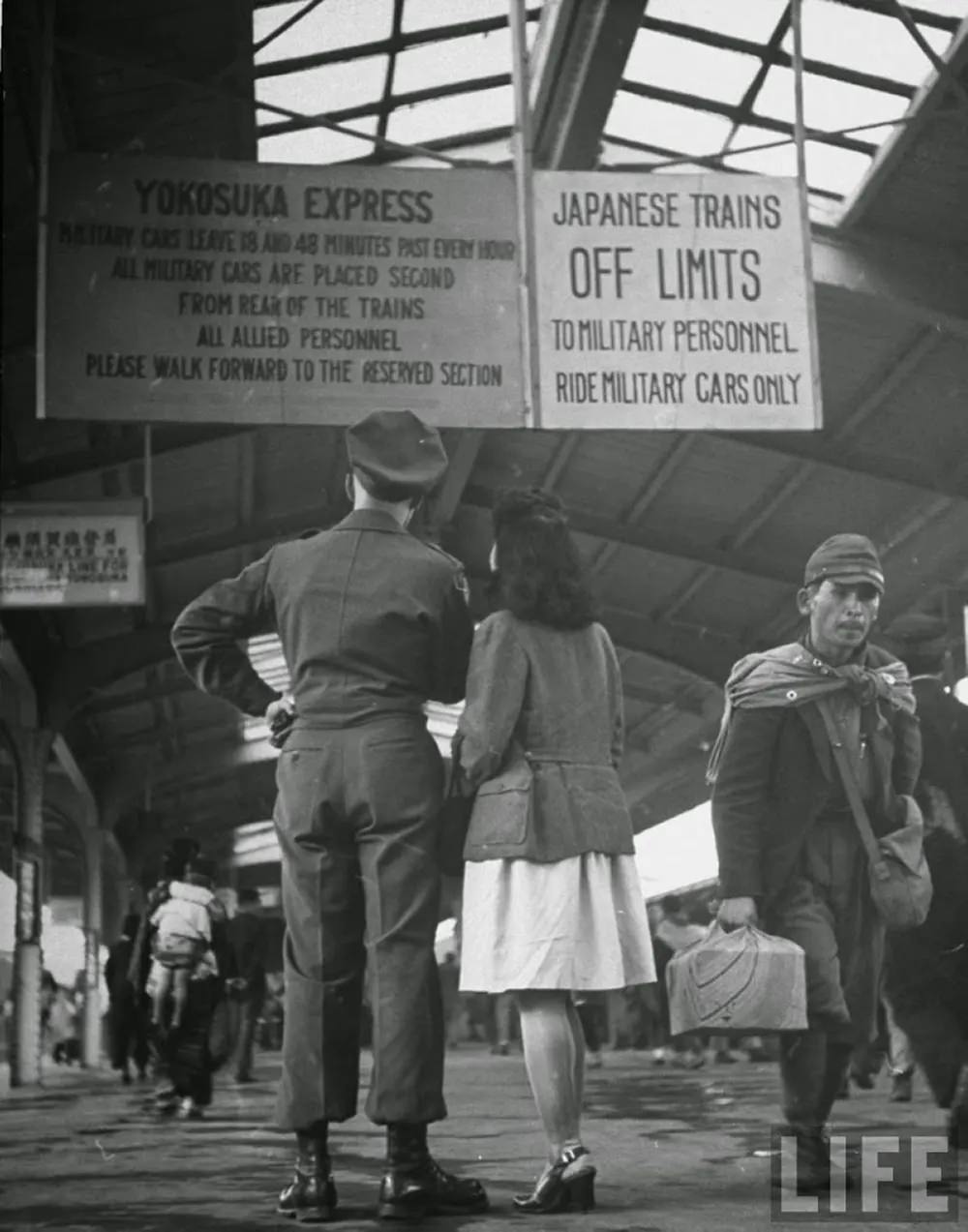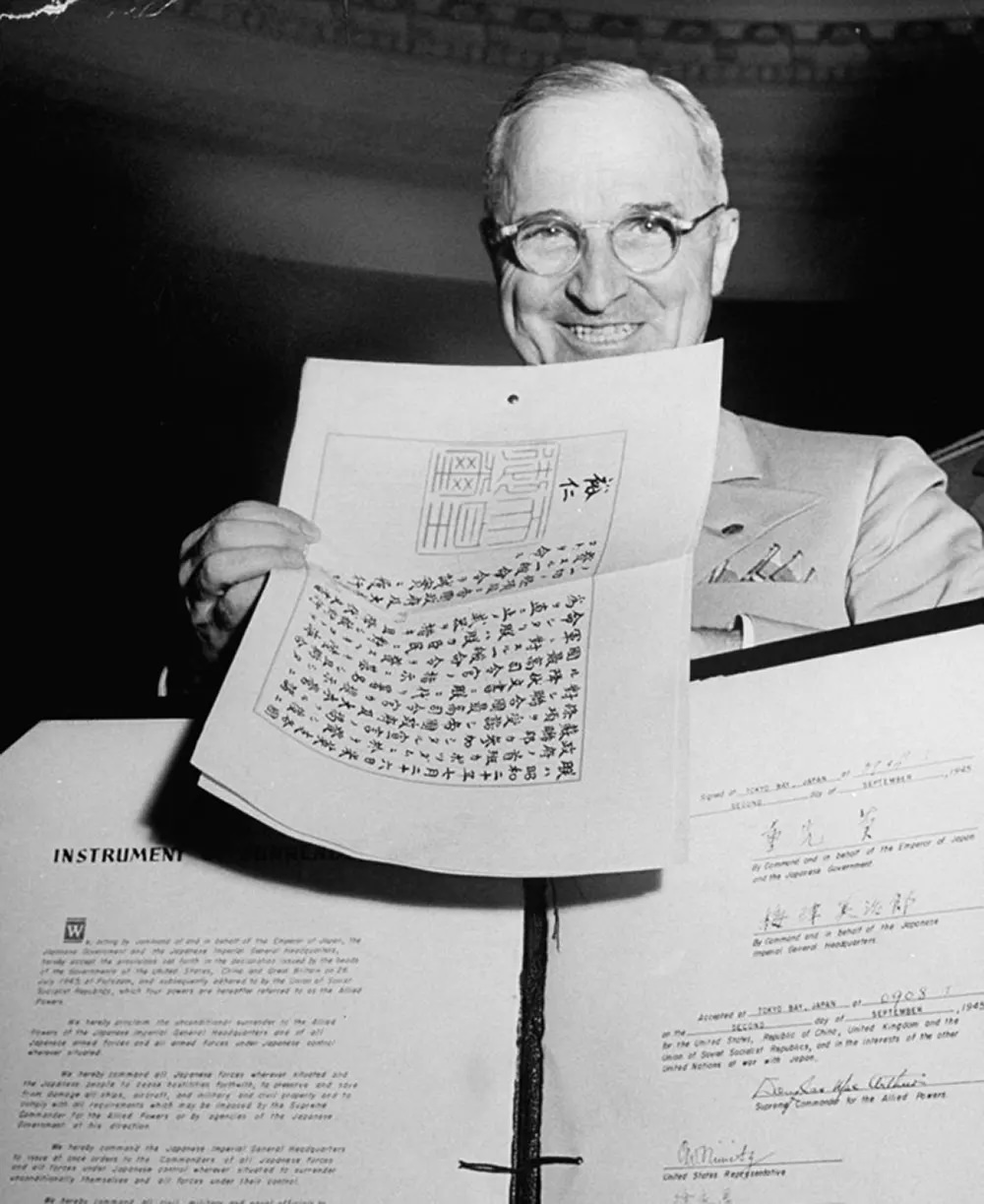The Japanese Surrender Ceremony, also known as the Ceremony of Unconditional Surrender of Japan, took place on September 2, 1945, aboard the USS Missouri in Tokyo Bay. The ceremony marked the official end of World War II and the unconditional surrender of the Imperial Japanese Armed Forces.
Representatives of the Allied powers, including General Douglas MacArthur, the Supreme Commander of the Allied powers in the Pacific, and representatives of the government of Japan, including Foreign Minister Mamoru Shigemitsu and General Yoshijiro Umezu, the Chief of the Imperial Japanese Army, attended the ceremony.
The ceremony began with the arrival of the representatives of the Allied powers, who were greeted by a guard of honor and a band playing the national anthems of the United States and other Allied nations. General MacArthur then delivered a short speech in which he emphasized the need for peace and reconciliation between the nations of the world. He declared, “It is my earnest hope, and indeed the hope of all mankind, that from this solemn occasion, a better world shall emerge out of the blood and carnage of the past – a world founded upon faith and understanding – a world dedicated to the dignity of man and the fulfillment of his most cherished wish for freedom, tolerance, and justice.”
The representatives of the Japanese government then stepped forward to sign the instrument of surrender. Foreign Minister Shigemitsu signed first, followed by General Umezu. As they signed, the band played “The Star-Spangled Banner” and “God Save the King.”
After the signing, General MacArthur signed the instrument of surrender on behalf of the Allied powers. He then read a statement declaring that the authority of the Emperor and the Japanese government to rule the state had ceased and that Japan was to be occupied by the Allied powers under his authority as Supreme Commander of the Allied powers. He also declared that the laws of war would be strictly enforced and that war criminals would be brought to trial.
The ceremony concluded with a 21-gun salute and the playing of the national anthems of the Allied powers. It was a significant moment in world history, marking the official end of World War II and the beginning of a new era of peace and reconciliation between nations. It also marked the beginning of the occupation of Japan by the Allied powers, which lasted until 1952, and the reconstruction of Japan as a democratic nation.
The significance of Surrender ceremony was also done on the USS Missouri, the last battleship built by the United States and one of the most powerful ships in the world at the time. The choice of the USS Missouri as the site of the ceremony was symbolic because the ship had played a significant role in the Pacific War and the final defeat of Japan.
The Japanese Surrender ceremony was a historical event that marked the end of World War II and the beginning of a new era of peace and reconciliation between nations. It was a ceremony that brought together the representatives of the Allied powers and the government of Japan, and it was a symbol of the end of the war and the start of a new future for the world. It was a significant historical moment that marked the official end of World War II and the beginning of a new era of peace and reconciliation between nations.


